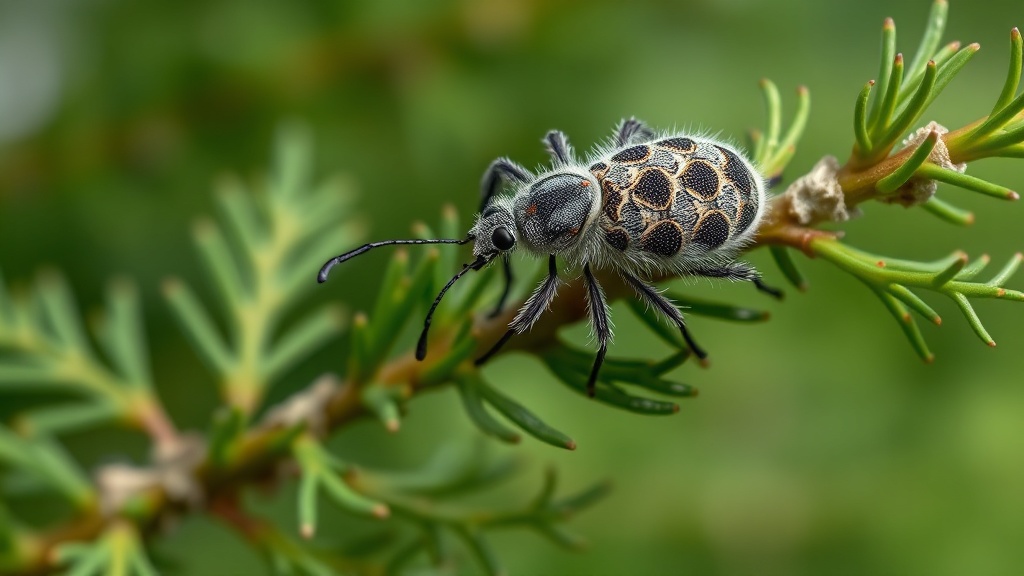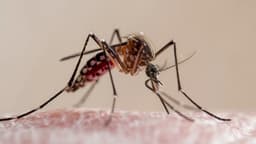Home / Environment / Beetles Deployed to Battle Maine's Invasive Forest Pest
Beetles Deployed to Battle Maine's Invasive Forest Pest
22 Nov
Summary
- Predatory beetles from Asia combat invasive hemlock woolly adelgid.
- Maine's Midcoast is the current frontline in this ecological battle.
- Warming winters due to climate change aid pest survival.

Maine's battle against the invasive hemlock woolly adelgid has intensified, with the Midcoast region now serving as the primary front. This tiny, sap-siphoning insect, originating from East Asia, has spread significantly, bypassing quarantines and lacking natural predators in New England. Its presence leads to the death of eastern hemlock trees, with infestations creeping further inland towards the state's western hemlock belts.
In response, a coalition of land trusts, private landowners, and the Maine Forest Service is deploying a biological control: predatory beetles. Species like *Laricobius nigrinus* and *Laricobius osakensis*, which prey on the adelgid in their native lands, are being released. These beetles, carefully vetted for safety, are introduced to infested areas like Wiscasset's Sortwell Memorial Forest in hopes of reducing adelgid populations.
While the effectiveness of this beetle-led counteroffensive will take years to assess, forest managers remain optimistic. They aim to reduce adelgid numbers to protect hemlock stands, especially as climate change contributes to warmer winters that favor the pest's survival. This proactive approach seeks to preserve Maine's vital hemlock forests against ongoing threats.




